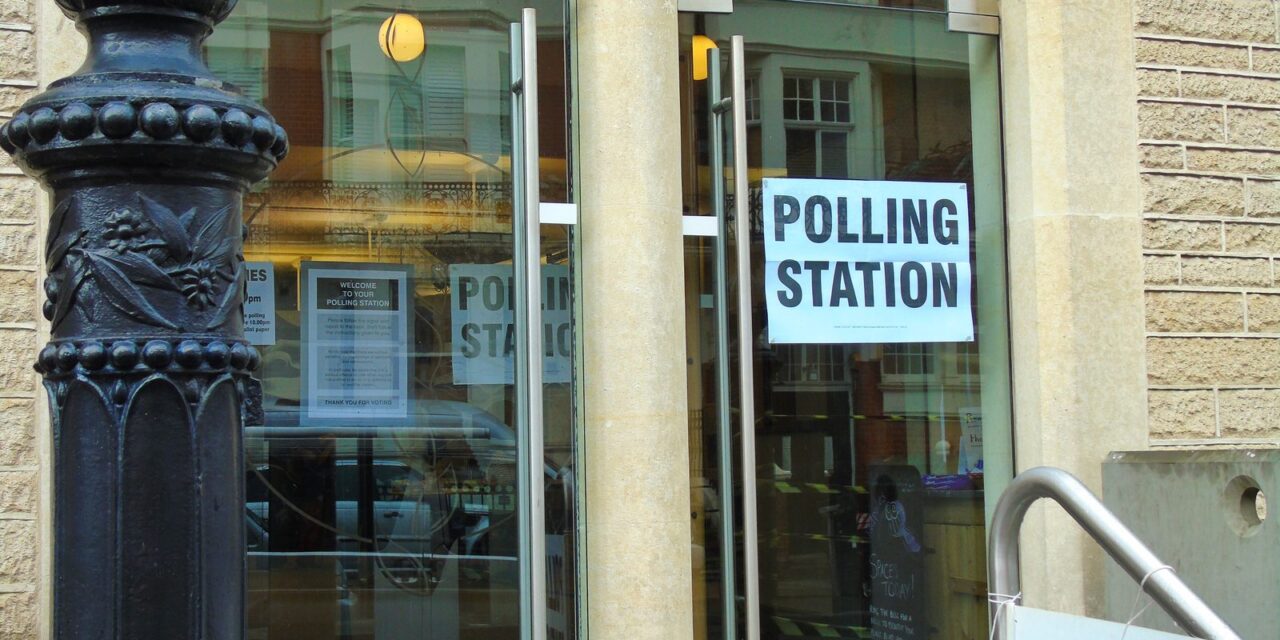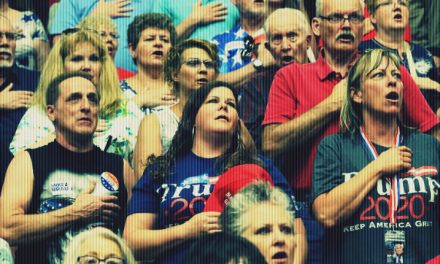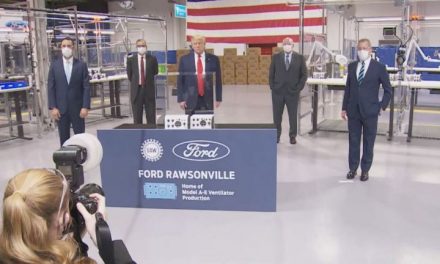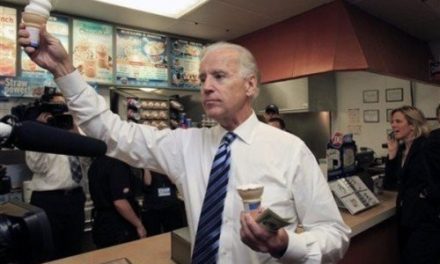In our upcoming issue of the Washington Monthly, we dedicate a lot of effort to examining how the Democrats can do a better job of winning back some support in rural America. It’s something I’ve personally been focused on since I saw the results of the 2016 elections. A lot of the progressive left is resistant to pursuing voters they see as irrevocably lost and morally suspect due to their support for Trump and attitudes on race, immigration, and cultural issues. What bothers me most about this schism is that it is so often cast as a strict either/or choice. I hope you’ll take a good long look at our new issue which should be available online next Monday.
There’s a third way of looking at the electorate, however, and we can see it by looking at the following observations from The Economist.
“Ever since district borders in America’s House of Representatives were redrawn in 2011, Republicans’ share of seats has exceeded their proportion of the vote. In 2012 Democrats won 51% of the two-party vote but just 46% of seats.”
“The Congress that began on January 3rd, however, has no such imbalance. Democrats won 54% of the total two-party vote—and also 54% of House seats. Whatever became of the vaunted pro-Republican bias?”
“Many Republican mapmakers tried to neutralize Democratic voters by burying them in suburban districts full of educated whites. They never imagined that this ruse would backfire, but Mr Trump drove these once-loyal Republicans into Democrats’ arms.”
It’s simply not true that once reliable Republican voters are unreachable. In the suburbs, they’ve already been leaving in droves and the trend seems to be building momentum. I believe this is the most dangerous of several troubling developments for the Republican Party. It has already cost them the House of Representatives and it’s going to put some red states in play in 2020.
In order for the Democrats to have the kind of overwhelming Electoral College victory that Nixon enjoyed in 1972 and Reagan achieved in his two elections, the Dems will need to accomplish two more things. They’ll need to turn out their base, including especially younger voters and lower income urban voters who don’t reliably show up at the polls. This was accomplished in the midterms and it can probably be replicated in a presidential election.
The final piece is winning back as many rural voters as possible. Some of this may happen simply as fallout from the imminent crack-up Donald Trump’s administration, much as Bush’s once loyal base splintered on the shoals of the Iraq War and financial crisis. Some of it is going to have to happen through new policies and new messages, as well as by exploiting broken promises made by the other side.
Assuming the suburbs continue trending away from the president and the GOP, that the Democratic base turns out, and that some real inroads can be made with rural voters, it is not at all unthinkable that 2020 could deliver a near unanimous verdict in favor of the Dems.
To accomplish this, the candidate will need to give permission to as many non-Democrats as possible to vote for them. The ideal candidate would combine three hard-to-reconcile characteristics.
They would be acceptable to the suburban voters, many of whom were previously Republicans, who turned against the party in the era of Trump.
They would also create at least some genuine enthusiasm from a Democratic base which seems to want to push any advantage they’ll have in 2020 to move public policy as far to the left as they can.
And they’ll have to make a lot of other voters, whether rural Republicans or right-leaning independents, feel safe about crossing over.
It’s a lot easier to figure out who best fits this model than it is to see how they could actually win the Democratic Party’s nomination.
The Democrats are more likely to pick someone who can win but not by a wide margin. They’ll imagine that a narrow presidential election victory will produce more than a wide one if the candidate seeks a more aggressive mandate.
This is almost surely wrong, but the real danger is in thinking that every effort to appeal to one group of voters is inevitably going to come at the expense of another group. A talented campaigner might be extremely progressive but also very good at selling themselves in rural areas. Another candidate might actually run on a fairly tame set of policies but still excite the Democratic base.
The only thing I think will definitely be a mistake is to nominate someone who simply does not have the potential to have a wide appeal. This could be because they can’t reassure right-leaning people that they’ll run the country responsibly. It could be because they spend most of their time attacking and berating the kinds of people they’d need to win a truly decisive victory.
I believe there will be massive fallout from Trump’s demise. Either that, or he’ll survive in the weakest state we’ve ever seen. Either way, the opportunity will be there for a huge victory that wipes aside all preconceived ideas about red and blue areas of the country.
The country will want a unifying leader rather than a radical, but they’ll base that assessment less on policy than trust and comfort level.
The Dems aren’t likely to nominate the best fit, but I hope they realize that there’s a chance to build a coalition against the modern GOP that is at least as big and broad as the coalition that Reagan built against the party of Carter and Mondale. It can happen, and it would bring more progressive change than a narrow feel-good victory that leaves the country largely divided.







